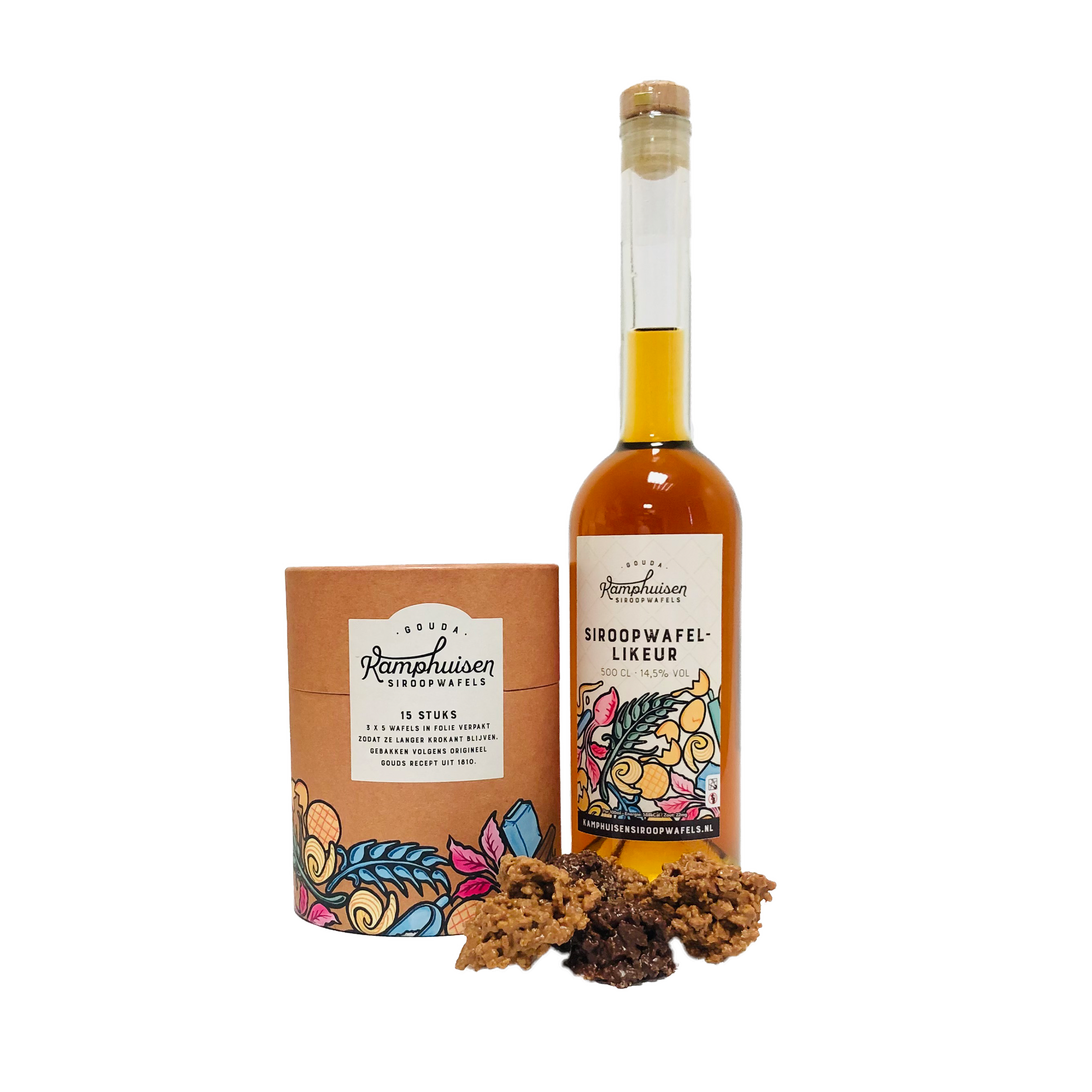
Sint Jan is the longest church in the Netherlands.

With a length of 123 meters, the church is the longest in the Netherlands. A UNESCO Heritage listed monument, the Sint Jan Church was built in the 15th/16th centuries in a Gothic style. This church turned out to be one of the highlights of my visit to Gouda. John’s) Church, another iconic Gouda landmark. Sint Jan Church (Grote Kerk or Sint-Jankerk Gouda) I dropped by this cheese shop in the Lange Tiendeweg (street). Various shallow canals dissect the Gouda town centre. My carpaccio salad with Gouda cheese at Viejees.Īfter lunch, I continued on my stroll around the Markt, passing many restaurants and cafés as well as several cheese shops. I had a delicious carpaccio salad with sprinklings of Gouda cheese. The restaurant serves contemporary sharing plates with a Gouda twist. I stopped for lunch at a restaurant called Viejee’s, which I can definitely recommend. Image courtesy of RalfF/Wikipedia Creative Commons. The Cheese Market in Gouda is held on Thursday mornings from 10.00am to 12.30pm in spring and summer. This corner of the Markt is also where the Cheese Market is held every Thursday morning in the spring and summer months (currently cancelled due to COVID-19 until further notice). This 17th century weighing house is open to visitors and contains a cheese-making museum and tasting room. Located along the perimeter of the Markt is another iconic building: the Goudse Waag. The 15th century Oude Stadhuis or Old Town Hall. This 15th century building, with its striking Gothic façade, is used for weddings and receptions and can be visited. At its centre, the iconic Stadhuis (Old City Hall) stands proud. This diamond-shaped square is encircled by houses, shops, restaurants and cafés. Marktįrom here, it was a short stroll to the Markt (Market square). These 16th century galleries, once a vibrant fish trading market, now house alfresco cafés with a lovely view of the Gouwe. I soon arrived at the Visbanken (Fish Market), two parallel galleries on either side of the Gouwe. The Gouwekerk in the winter (image courtesy of Gouwenaar/Wikipedia Creative Commons). Its red-brick structure and towering steeples certainly are impressive (though it’s best viewed in the winter when the trees are bare). The Gouwe Church was built in a neo-Gothic style. Joostkapel (chapel) and the Gouwekerk (Gouwe Church). The Turfmarkt canal.įurther down the Gouwe, I passed the 15th century St. The Dirck Crabeth swingbridge.Īround the corner, the Turfmarkt canal was a beautiful sight. The Crabeth swing bridge was built in the 19th century and is a national monument. The 15th century sluice is a reminder of the time when Gouda was the most important transit point for inland shipping routes in Holland. This stretch of the Gouwe is absolutely gorgeous, with its stately houses, historic sluice and swing bridge. I parked at the Bolwerk parking garage and embarked on my walk around Gouda, starting at the Gouwe.

Surrounded by canals and the Gouwe and Hollandse Ijssel rivers, the historic centre is a compact island that’s easy to cover on foot. Or you can join a two-hour walking tour of the historic city. The best way to get to know Gouda is to simply stroll around its picturesque canals and streets. Search for flights to Amsterdam with KLM. Gouda can also be visited as part of a Central Netherlands road trip. You can also get to Gouda by train: <1 hour from Amsterdam Central or Schiphol Airport (via Utrecht or Rotterdam), and ☒0 minutes from Rotterdam Central. Gouda is easily reached by car from Amsterdam (1 hour) and Rotterdam (30 minutes) and there are various parking garages located around the historic centre’s outer edges such as Bolwerk and Nieuwe Markt. These days, Gouda is best known for its cheese, stroopwafels (syrup waffles), its gorgeous 15th century Stadhuis (Old City Hall) and stunning Sint Jan (St. This ushered in an era of prosperity for the city as it became an important shipping route between Flanders and France, and the rest of Holland. In addition, a harbour was constructed at the confluence of the Gouwe and Hollandse Ijssel rivers south of the settlement.

In the 13th century, a canal was built, linking the Gouwe with the Rhine river in the north.

The city ( map), located between the Gouwe and Hollandse Ijssel rivers, can trace its roots back to the 12th century when peat-harvesting was the main economic activity. Markt (Market Square) with the iconic Gouda Town Hall. However, on my recent visit, I discovered a good variety of things to see in Gouda. Most tourists visit Gouda to see the cheese market and taste its world-famous cheese. Gouda is a historic city in the province of South Holland in the Netherlands.


 0 kommentar(er)
0 kommentar(er)
